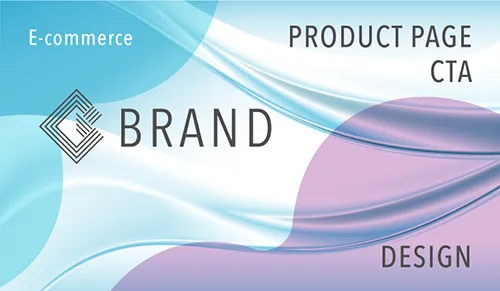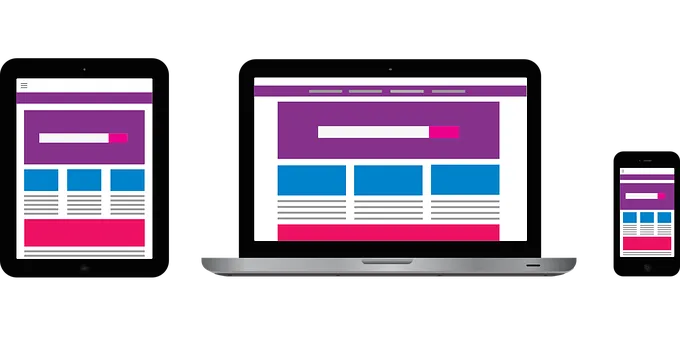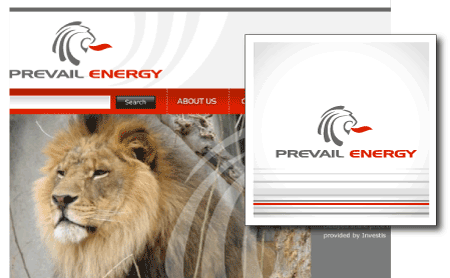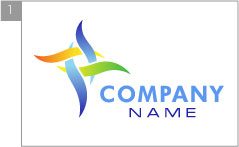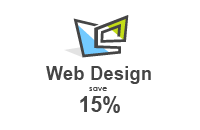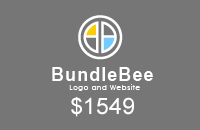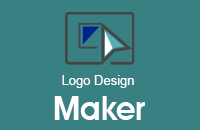
In today’s business environment dominated by the slogan “better, faster, cheaper”, templates are often seen as the go-to solution for everything. Need a logo? Get a free template. Need a website created? There are template-based web development platforms for that as well. Many entrepreneurs tend to think of these platforms as being “basically web design, but simpler and cheaper.” Unfortunately, it doesn’t quite work that way: if you don't choose a website building platform wisely, there are several drawbacks to web template platforms that custom web design does not share.
1. You don’t own your website. This is the root cause of many issues with website templates. The development platform hosts your website, essentially “loaning” it to you. In fact, if you read the Terms of Use of some template-based web development platforms, you will find that they can freely modify your website without your consent.
2. Website templates are cheaper… in the short run. A corollary of the above, really. As tempting as it may seem to save on web design, you need to consider that template-based web development platforms usually run on a “freemium” basis. To remove ads, change your domain name and overall give your site a modicum of professional appearance, you need to pay a monthly subscription fee, and the more functionality your website has, the higher it rises. You might save money in the short term, but in the long run, even a dozen dollars a month can gradually add up.
3. You have very limited options for modifying your website. Your company may grow, but web development platform templates offer very limited possibilities for expansion compared to a site you own. Eventually, your company may “outgrow” your website, and then you will have to buy a custom website anyways and go through the trouble of migrating all your data, something that’s not always easy depending on the platform you use.
4. Your website may look generic. Templates are not exactly known for giving much room to creativity. Even with a variety of design options available, your site will typically lack a “personal touch” to make it really stand out. Experienced web designers can help you find a way to personalize your website, so without professional assistance and with relatively limited template material to work with, your site may come off as dry and impersonal.
5. Template-based websites are not always the best for SEO. Despite many companies’ claims to the contrary, it is frequently difficult to implement a working SEO strategy into template websites, leading them to be ignored by Google searches.
Unless you are a trained automobile mechanic, you probably wouldn’t build your own car. Shouldn’t the same logic apply to a professional website? Missing or malfunctioning features and poorly implemented SEO can cost you hundreds of thousands of dollars in lost revenue. Template-based web development platforms may be fine for blogging and other limited applications, but if your business goal is to go big, it may be a good idea to invest into a professionally-designed website that you can grow and expand in accordance with your clients’ and your company’s needs.
About the Author:
Daniil Stoenko is a professional writer and translator who produced a variety of articles for LogoBee’s Logo Design Blog over the years.
Read the rest of this entry » 